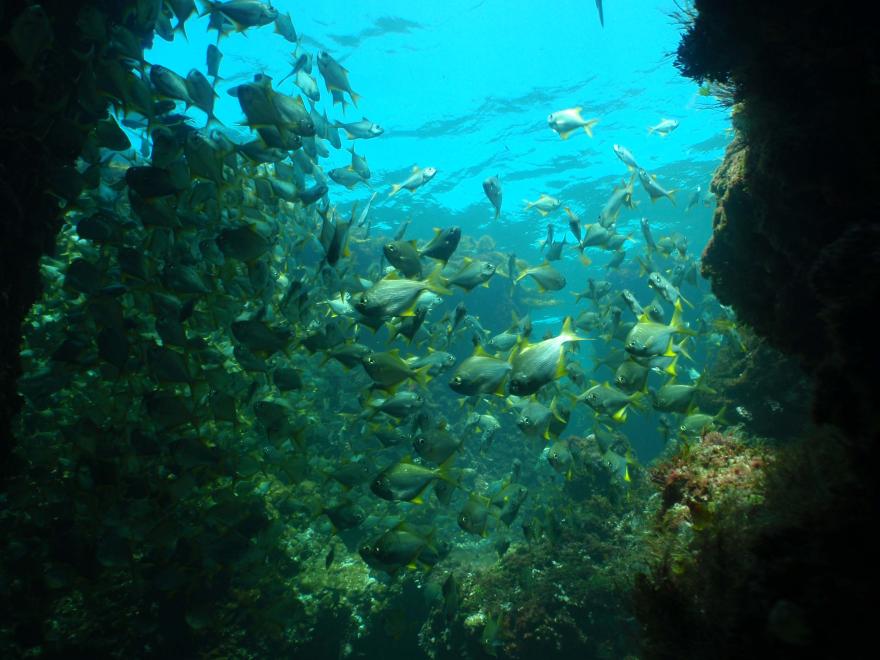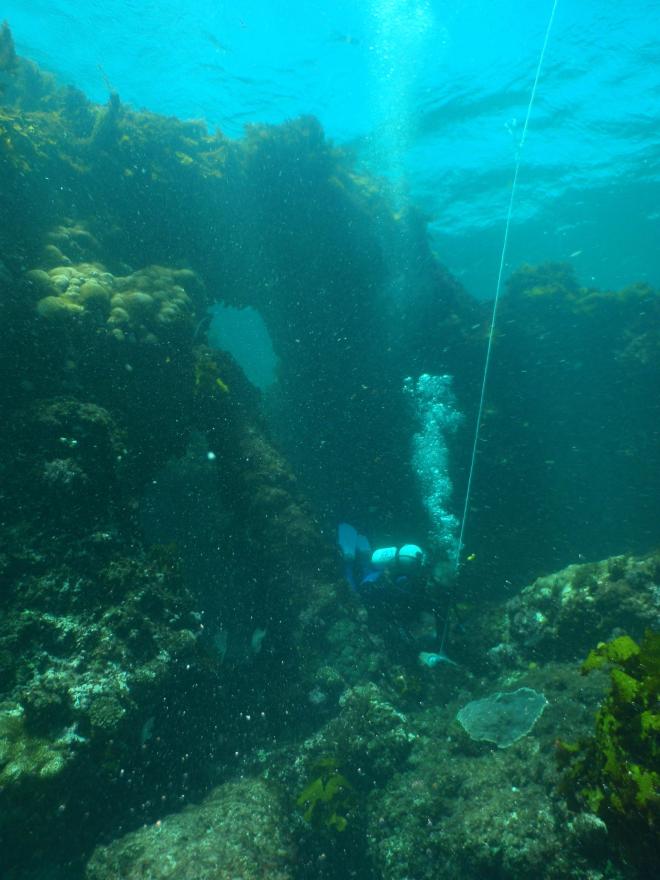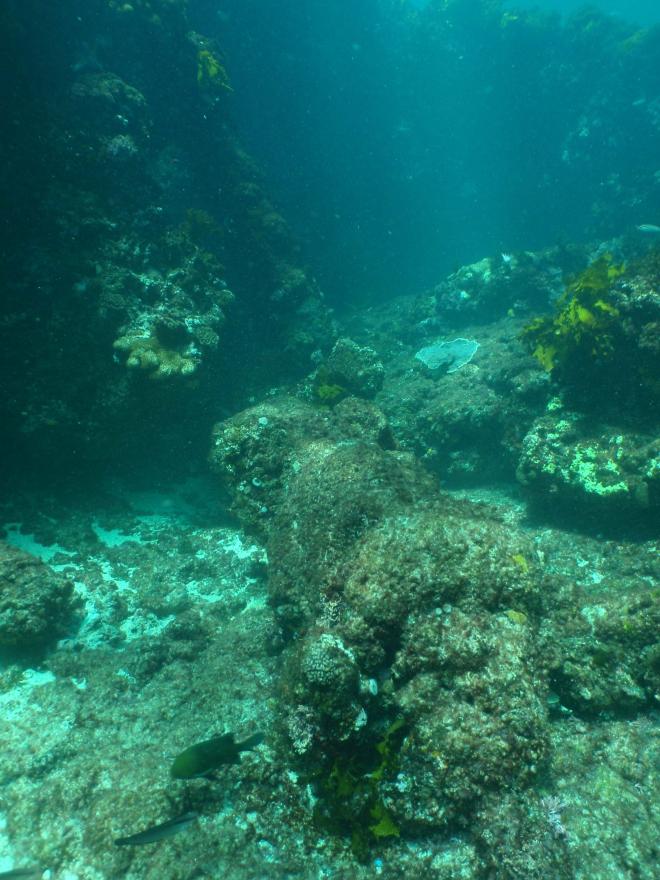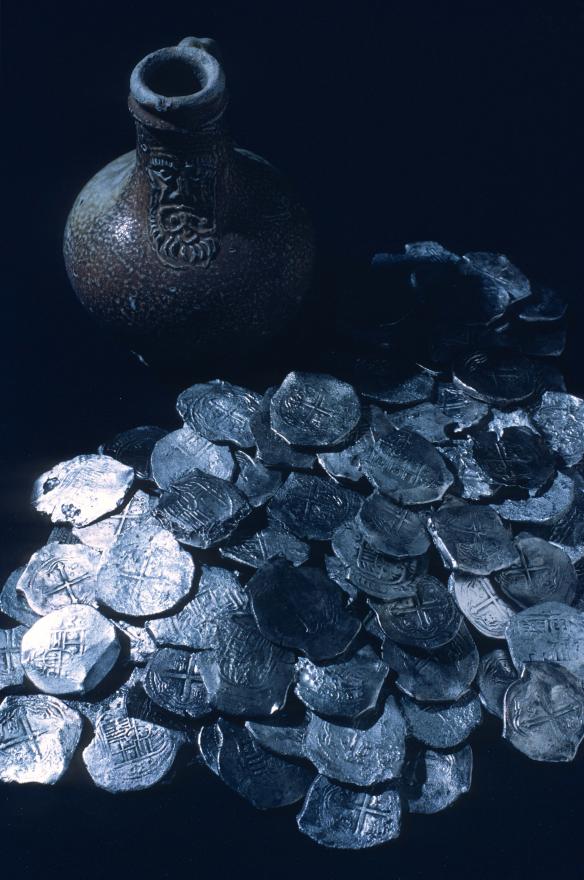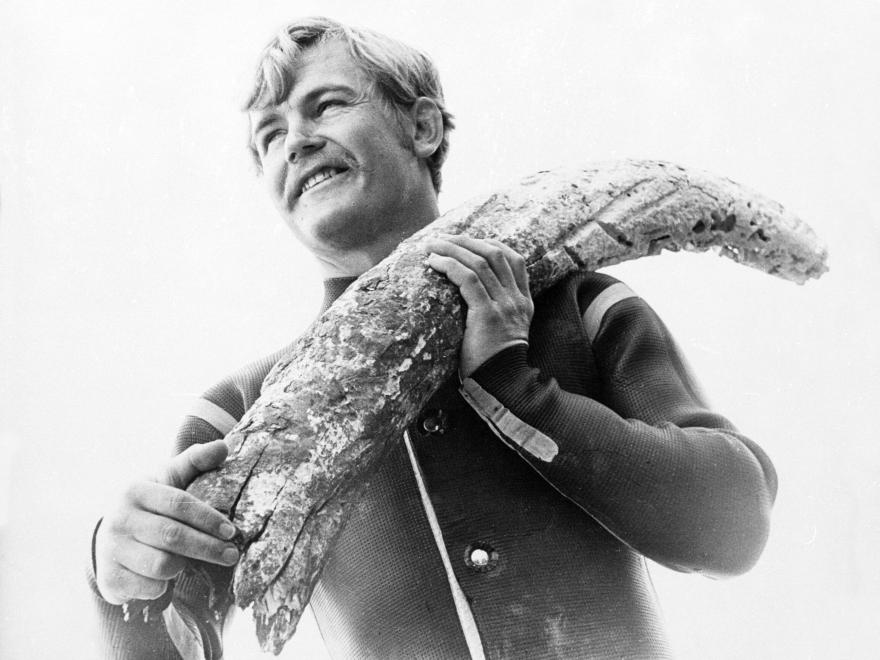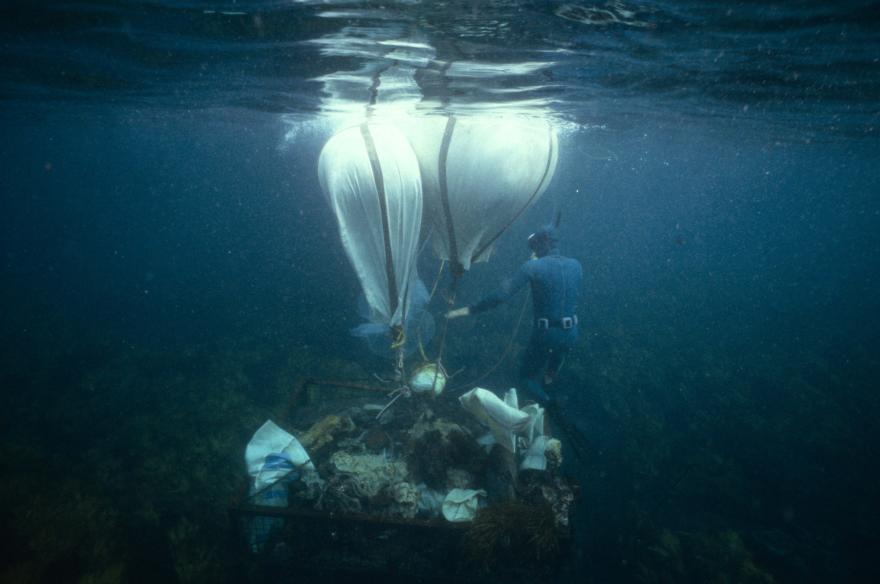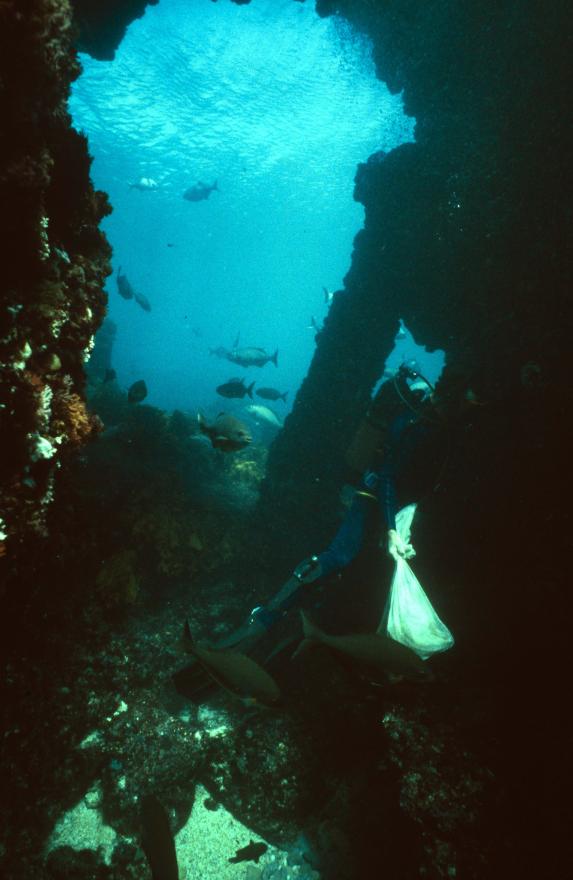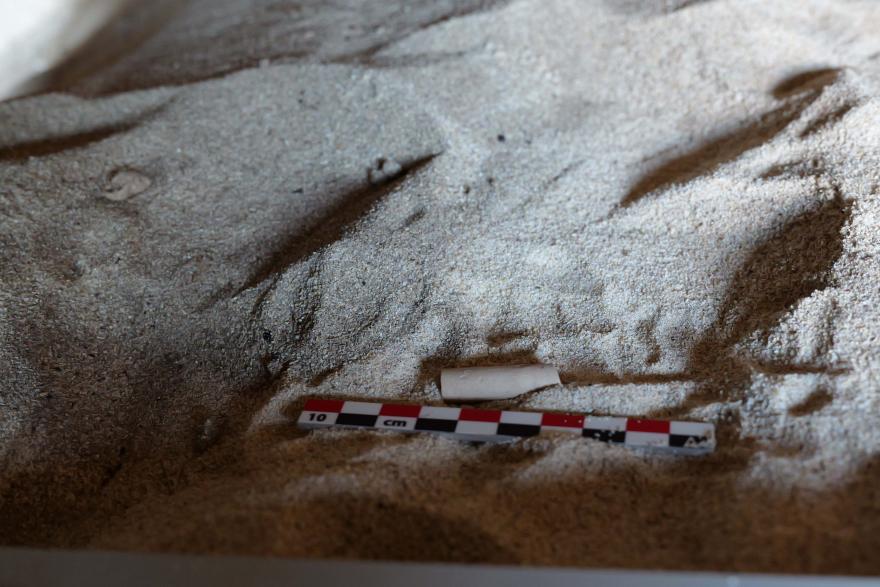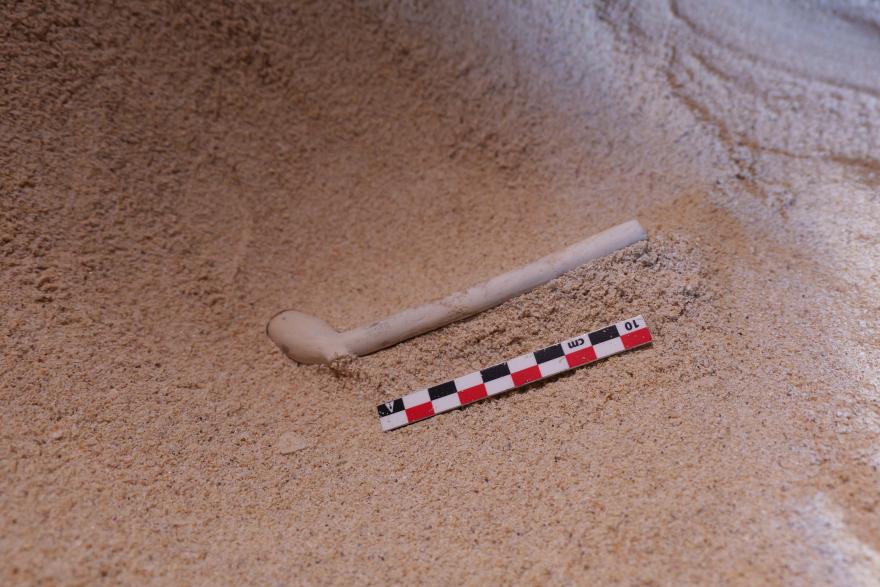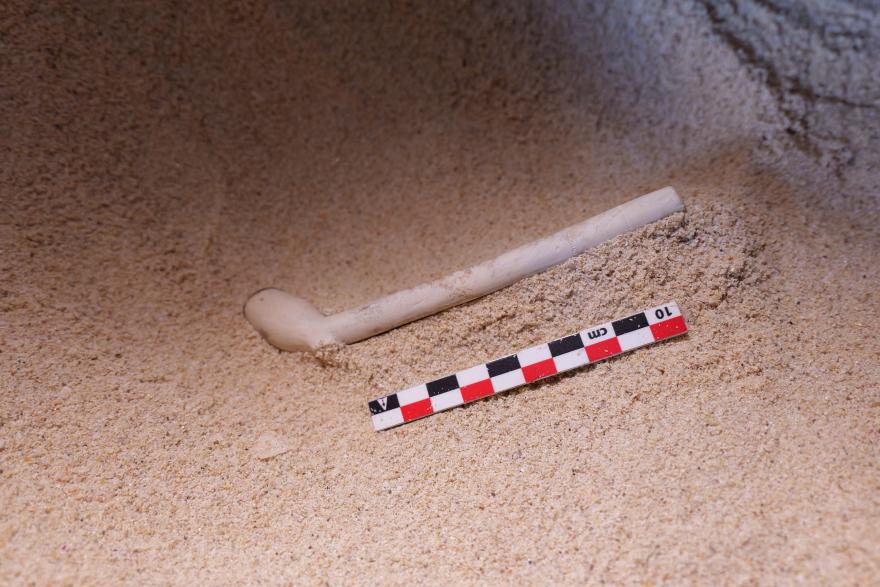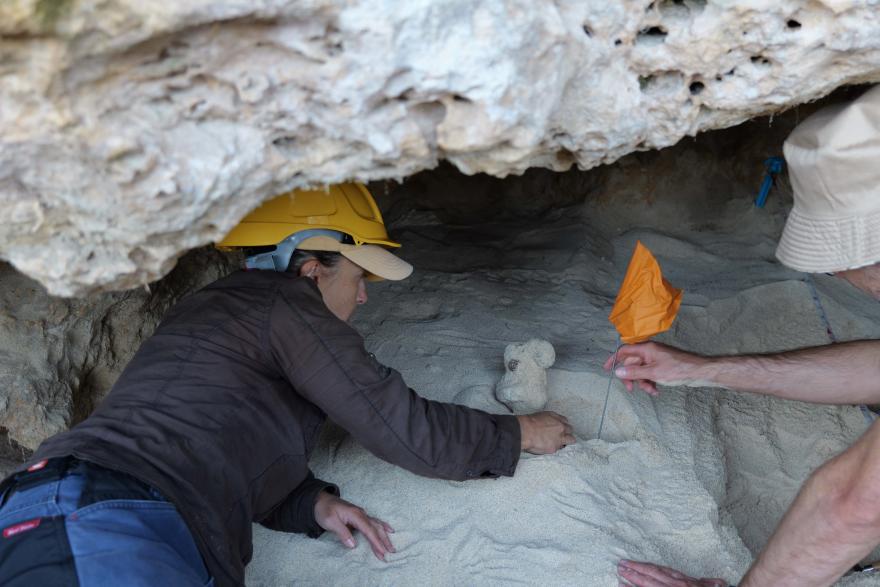Search for Vergulde Draeck
After the arrival of the Vergulde Draeck survivors in Batavia, Dutch East India Company officials immediately dispatched two ships—the fluit Witte Valk and the yacht Goede Hoep—with provisions and divers to recover the company’s goods, rescue the remaining survivors, and make accurate charts of the Southland. However they were unsuccessful in finding the survivors, and the Goede Hoop lost a longboat, and eleven crew.
The following year, in June 1657, the VOC dispatched the fluit Vincq from the Cape of Good Hope to conduct a search, which was also unsuccessful as winter weather kept the ship from approaching the coast too closely.
Hoping for better results in the summer season, the VOC dispatched two ships—Emeloort and Waeckende Boey—from the Cape of Good Hope in December 1657 to search for any surviving crew from the Vergulde Draeck and Goede Hoop. Abraham Leeman and crew from the Waeckende Boey landed on the mainland and reported finding many traces of the Vergulde Draeck, but no survivors. Landing on the coast a second time in bad weather, they were abandoned on the coast by the Waeckende Boey. Leeman and his crew were forced to sail to Java, arriving in Batavia nine months later—only five crew surviving the agonising journey.
Despite these searches, no further trace of the remaining 68 Vergulde Draeck or 11 Goede Hoop crew was ever found, until artefacts were found in 2022 and 2024, followed by archaeological excavation in 2025, their fate had remained one of Western Australia’s maritime mysteries.
Discovery
On 14 April 1963, the wreck of Vergulde Draeck was discovered by a group of spearfishers on an offshore reef lying about three kilometres offshore from Ledge Point. The group consisted of primary discoverer Graeme Henderson (who later became a well-known maritime archaeologist, author, and Director of the WA Maritime Museum), and secondary discoverers Alan Henderson, James Henderson, and John Cowan. Soon afterwards, the site was looted and damaged by treasure hunters using explosives, including Alan Robinson.
The finders transferred their rights to the WA Museum on condition that the site would be protected by legislation. In 1964, the WA Government enacted the world’s first legislation to protect a historic shipwreck with the Museum Act Amendment Act 1964, and later the Maritime Archaeology Act 1973.
In 2022, lead spring shot was found at a coastal location near the Vergulde Draeck shipwreck, providing clues on the movements of survivors after the wrecking. To follow, in 2024, another set of artefacts were found in the vicinity by a different member of the public. The 2024 artefacts include a pair of navigational dividers, stoneware sherds, a brass clasp and a lead fishing sinker, and are consistent with items held in the WA Museum, Vergulde Draeck collection. All artefacts found in 2022 and 2024 were handed in to the WA Museum for further archaeological investigation and to be registered into the State Maritime Heritage Collection. The finding of 17th century Dutch artefacts in 2022 and 2024, supported by archaeological excavation in 2025, provides evidence for the discovery of a survivor camp associated with the Dutch ship.

